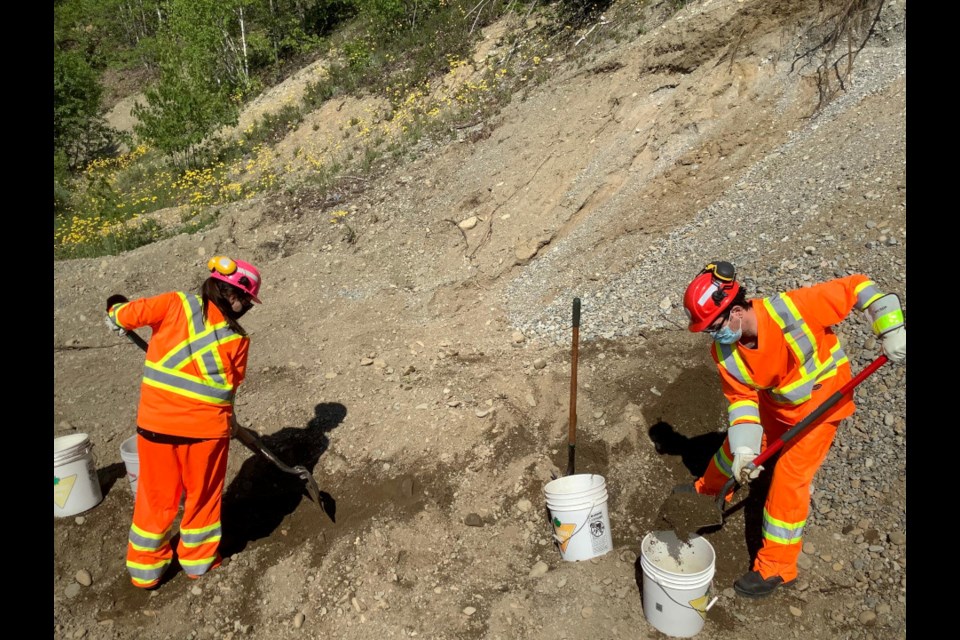A group of Sudbury post-secondary academic researchers are teaming up to explore various new ways of environmentally restoring abandoned aggregate pits in northeastern Ontario over the next three years.
A combined Collège Boréal-Laurentian University research team will be strategizing on replanting techniques and unique soil treatments to restore biodiversity and ecosystem functions on these former brownfield sites.
The team has a $270,850 grant from the Natural Sciences and Engineering Research Council of Canada and has received donations and in-kind contributions came from The Ontario Aggregate Resource Corporation (TOARC), Pioneer, Ethier Sand & Gravel and Glencore Sudbury Integrated Nickel Operations.
"Numerous legacy pit and quarry sites exist here in northeastern Ontario that date from prior to the province’s 1990 Aggregate Resources Act, which now universally requires progressive rehabilitation for all permitted sites," explained Collège Boréal professor Marc Hébert in a July 13 news release.
The Ontario Aggregate Resource Corporation identified some of these old pits from which the research team will come up with low-cost solutions to improve the long-term rehabilitation trajectories.
"Ultimately, it will make the aggregate-production and mining sectors more financially competitive and earn them stronger environmental and social license to operate," Hébert said.
Laurentian professor Nathan Basiliko, a Canada Research Chair at the Vale Living with Lakes Centre, said the project "will determine what hinders aggregate site rehabilitation in challenging environments like northeastern Ontario."
"As well as working with local industry partners who have active sites with progressive rehabilitation, our aim is also to explore low-cost solutions to reclaiming abandoned, legacy aggregate pits- of which there are thousands across Ontario."
Basiliko said they've worked closely with the Boréal team in recent years on reclamation studies for lands severely degraded from metal smelting.
Boréal professsor Marc Nellis said the goal is to explore ways to trigger key ecosystem functions like nutrient cycling, carbon storage, resilience to disturbance, and protection of ground and surface waters.
"A key goal is also to contribute protocols that can be commercially applied further in the aggregate production and other mineral mining sectors that manage waste rock as part of their operations toward progressive and final closure and site restoration," he said.
Boréal student Danny-Elle Henri called the market reach of this project is broad, spanning from landowners to TOARC "who are interested in legacy site rehabilitation to improve environmental impacts to potentially all contemporary aggregate producers in our region."
"Other regions with similar surficial geology and climate here in Canada or even internationally could potentially benefit from this research. It’s quite exciting. I will also be working on the field with experts, watching them work and learning throughout the process. I am really looking forward to it."




